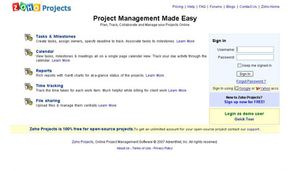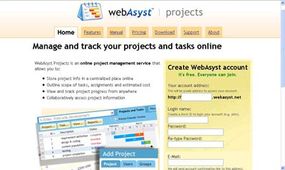Anyone who has ever been in charge of a major project knows that keeping everything organized and on track is a big responsibility. Not only do you have to make sure tasks are completed on time, but also you have to document your progress in case something goes wrong later. Whether the project involves physical labor or dealing with electronic files and records, you need to understand project management.
In the good old days, people had to keep everything organized by hand. They'd use logbooks, calendars and paper files to plan, execute and document all the phases of a project. That meant they'd have to create a lot of paperwork, then find a place to store everything. To complicate matters, some companies have strict policies about keeping records for many years. It could be a challenge just to maintain an organized records system.
Advertisement
Today, project managers can take advantage of tools and software that reduce the amount of paperwork and space they once needed. Recently, some companies have migrated their project management tasks to the Internet. They use online project management systems to stay organized and keep everyone working on a project informed and on task.
Online project management systems have several native advantages over traditional project management approaches. For one thing, such systems include applications that handle much of the work. Although there are dozens of different systems on the market, almost all of them offer several services in common. In general, these include electronic filing systems and scheduling applications.
Most online project management systems allow any authorized person connected to the network to check the status of the project. The system centralizes all the information in a location that can be accessed easily by others. Since many companies have multiple offices in different countries, this comes in handy.
What exactly do these systems do? Find out in the next section.
Advertisement



